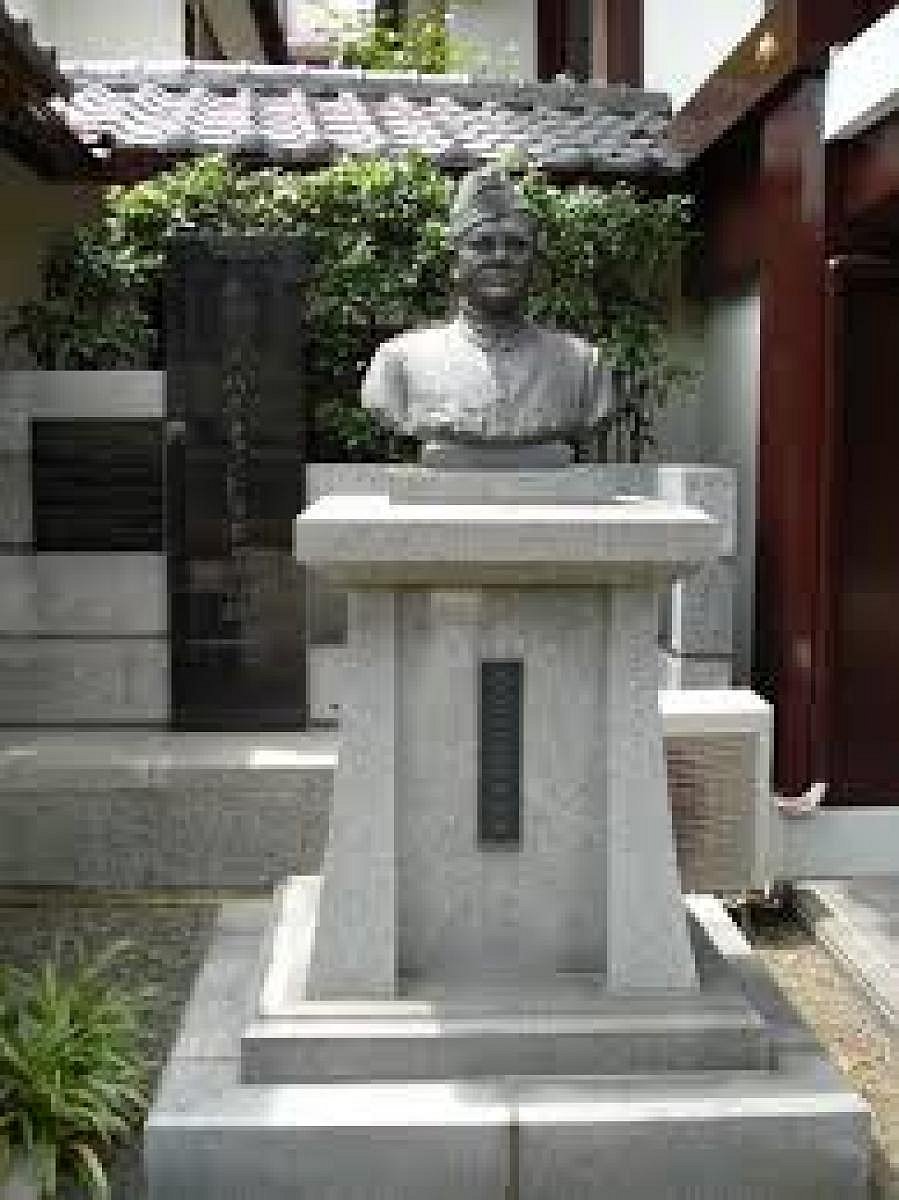
Set in the expansive greens of the Esplanade Park here, two large plaques mark the Indian National Army (INA) and its founder Netaji Subhas Chandra Bose's enduring connect with Singapore.
The marker, known as the INA monument, was erected in place of the original memorial in 1995 to commemorate the 50th anniversary of the end of World War II and is a key tourist attraction in this city-state.
Bose, who led the army from 1943 onwards, laid the foundation stone of the INA Memorial on July 8, 1945, and dedicated it to unknown soldiers of the INA.
“The local INA was formed in 1942 with Japanese support. It sought to liberate India from the British and consisted mainly of prisoners-of-war from the British Indian army,” reads the marker at the Esplanade Park here.
“When the British returned to Singapore, they demolished the memorial barely two months after its installation. This marker sits on the site of the original memorial,” it says.
For Asad Latif, author of “India in the Making of Singapore” book, the INA monument is not just a physical edifice.
“It embodies the value of people and ideas. People make history using ideas. More Indians should visit the INA monument to marvel at how history was made,” Latif told PTI.
The monument is also testimony to the historical links between India and Singapore.
"Sir Stamford Raffles established Singapore as a trading outpost in 1819 after having left Kolkata in quest of a British settlement to replace Melaka. The formation of the INA in Singapore in 1942, and Netaji's arrival in Singapore later to lead the army paid the supreme homage of irony to that history,” he said.
Latif said Singapore, which began its contemporary life as an overseas extension of the British Raj, became a bridgehead for the anti-colonial struggle bent on liberating India itself from the British!
“Today, both India and Singapore are independent. The INA monument attests to the common vitality of that independence,” he said.
Latif said the Indian government, scholars, intellectuals and, importantly the media, play a role in highlighting how closely India's destiny is intertwined with the fortunes of other parts of the erstwhile British Empire.
“These connections are sustained economically, culturally and institutionally through the Commonwealth. The Indian diaspora in Singapore testifies to the demographic resilience of the historical legacy,” he said.
On November 19, India's Defence Minister Rajnath Singh offered floral tributes to Bose and other soldiers at the INA market.
The INA monument attracts many visitors to the Esplanade Park, which has other war memorials too.
“It is a historic place. It reminds me of the link Singapore, Japan and India have. I am personally intrigued by all facts and stories related to Netaji. Such a mysterious hero he was,” said Mich, a tourist from Vietnam, who is keen on India’s history.